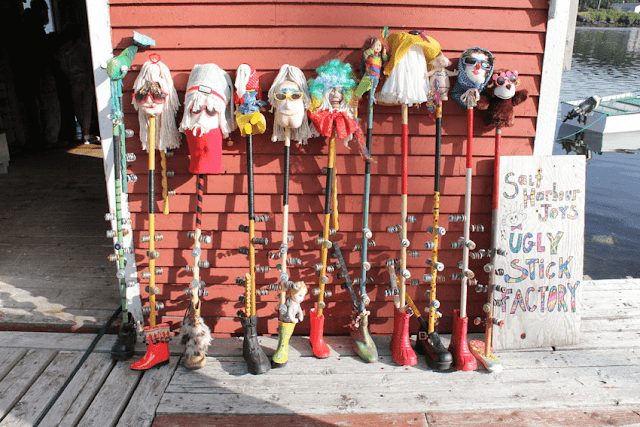It is a busy week for intangible cultural heritage in St. John's!
This week:
Mummer Memories Mug Up at Marjorie Mews!
THU, 12 DEC AT 10:00
Marjorie Mews Public Library · St. John's, NL
Cost: Free Event!
Christmas is right around the corner, and that means lots of holiday memories. But is Christmas today exactly what it was years ago? Some of the older traditions are changing, perhaps, and there is always the danger that the stories of yesteryear could vanish. Don't be a Grinch, and help us save the traditions of Yuletide! We want your memories of mummers, jannies, hobby horses, year-end customs, and how you celebrated the full 12 Days of Christmas. You bring a memory, we'll bring the syrup and jam jams! A free event, sponsored by the Heritage Foundation of Newfoundland and Labrador, as part of its Memory Mug Up program.
Facebook event listing
***
The Heart's Delight - Islington Christmas Carols
THU, 12 DEC AT 2:30 pm
The Rooms
Where: Level 3 Atrium
Cost: Free Event!
If you grew up in Heart's Delight - Islington, your Christmas memories might include waking up late at night to the sound of community men reverently singing two ancient carols, passed down for over a century, in the darkened porch of your home. Other communities in the area, such as Cavendish and Green's Harbour, also once practiced a version of this house-to-house caroling, but today the tradition remains strongest in Heart's Delight-Islington. Join folklorist Dale Jarvis in conversation with the local tradition bearers who are working, and singing, to keep this old Christmas custom shining bright.
The Rooms event listing
***
Mummers Parade!
SAT, 14 DEC AT 2PM
The Lantern
35 Barnes Road
Cost: Free Event!
Haul on Mudder's sized 42 bra and get your pillow-stuffed arse down to the Mummers Parade! Let's celebrate our culture and keep our traditions alive. All mummers 'llowed in!
Full details on the Mummers Festival website























